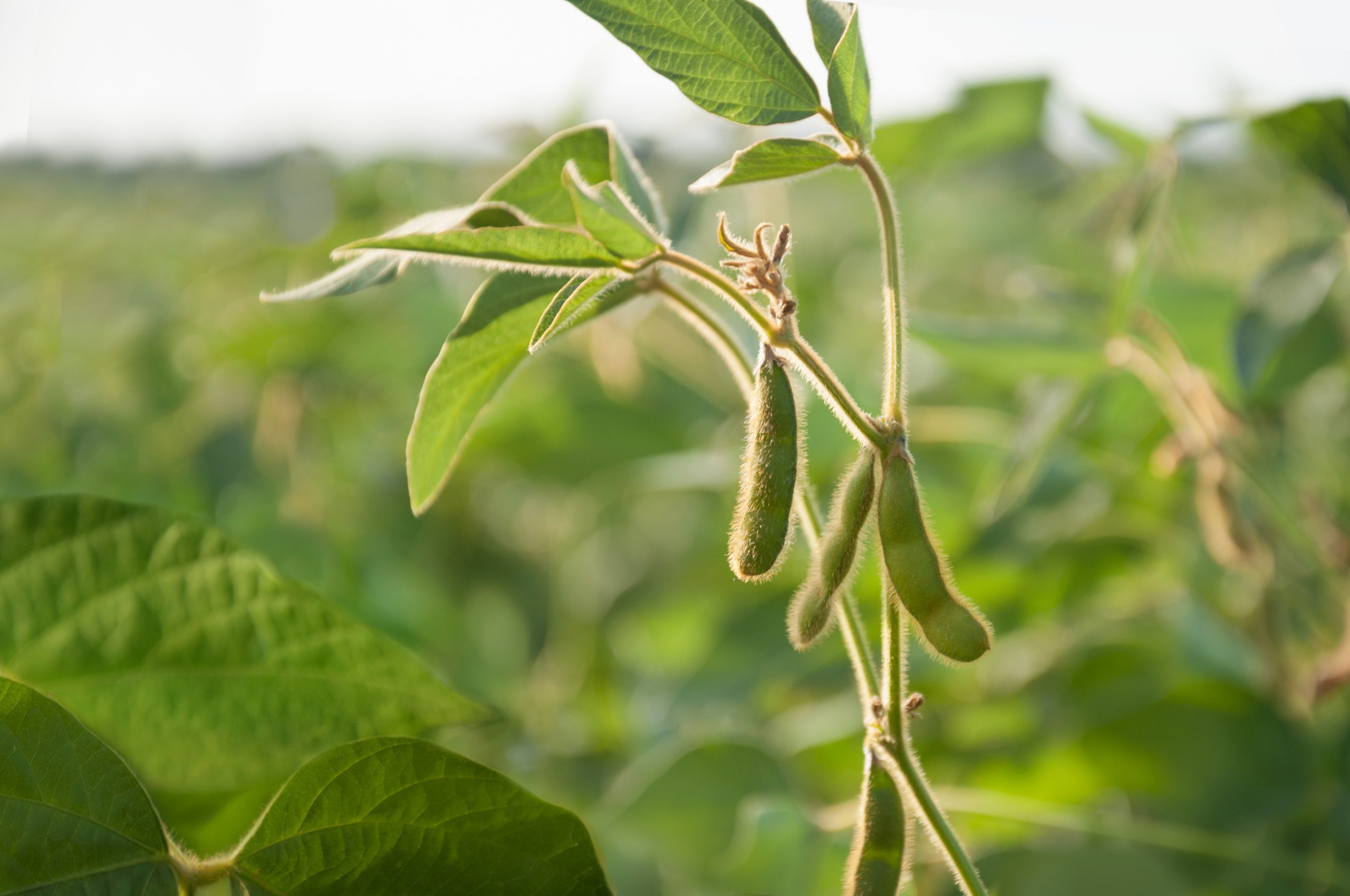Navigating the Many Roads to Soy Certification

Creating a global culture of sustainable soy production has, at times, been an arduous process. With a booming and constantly evolving market stretching across nearly every continent, various methods of commercialization, and consumer awareness reaching an all-time high, many public and private organizations have developed a vast array of standards to demonstrate responsible soy production.
In this article, we’ll delve into soy certifications and how a 2015 guideline came into play to simplify the process and reassure customers that the soy they buy has been grown, managed, harvested and handled with sustainability in mind.
A Brief History of Soy Certification
Soybeans have been grown and harvested for centuries. However, it wasn’t until the early 1900s that this crop, used primarily to feed livestock, made a splash in Europe and began to increase in popularity globally.
Flash forward a few decades, and the global demand for feed protein fuelled the industry, with production extending to South American countries such as Argentina and Brazil. Since then, soy production has steadily grown in these regions and the USA, resulting in over 3,000,000 tonnes of soy now being produced worldwide[1] – a 6-fold increase since 1970.
As the soy industry continued to grow, so did consumer demand for food and more sustainable agricultural practices. As early as the late 1980s, stakeholders in the soy production industry began to formulate standards and quality management systems that would give consumers confidence that their food sources were being manufactured responsibly. Since then, many other organizations have entered the soy certification ring and developed standards of their own.

The Vast Soy Certification Standard Landscape
It’s estimated that around 70 voluntary standards currently guide responsible soy production worldwide [2].
From early certification programs covering specific regions (such as Agricultura Sustentable Certificada + Module on Non-conversion in Argentina) to the latest versions of the Round Table on Responsible Soy Association (RTRS), the wide array of soy certifications is not only the result of an increased global footprint for soy production but also reflects the variety of commercialization methods the sector must continue to recognize to keep production flowing.
In the earlier days, ‘book and claim’ was the most widely utilized system for commercializing soybeans. This approach worked well due to lower volumes being produced at the time, with farmers receiving one credit for every tonne of sustainable soy they produced – a credit they would subsequently sell to traders.
However, as volumes increased, some farmers were able to switch to chain of custody models. This includes the adoption of ‘mass balance’ where certified and uncertified produce can be blended, but quantities of each must be controlled and documented[3]. The chain of custody approach became particularly prevalent following the 2020 global pandemic, with consumers now more focused on what goes into their food and the accompanying certifications that provide proof of sustainability.
Though the industry has largely moved into commercialization models, this is not a viable approach for some. Lower volumes, cost, and infrastructure limitations still preclude many from shifting to mass balance or segregation of materials and, therefore, some of the voluntary soy certifications which require these methods cannot be pursued.
This has led some countries to develop unique standards that align with their local laws, customs, and practicalities. In addition, some certifications have been created by soy traders themselves, with others enjoying the broader reach that comes from being developed by an independent and international body.
Though the choice of standards gives producers more flexibility, this proliferation of the market can also make the waters appear somewhat murky, leading many to question, “Which certification should we be trying to adopt?”
A Responsible Soy Production Guideline
In 2015, The European Feed Manufacturers’ Federation (FEFAC) decided that action needed to be taken to clarify and simplify the soy certification process. However, with so many standards already in place, the answer was never going to be to create a new scheme.
Instead, FEFAC developed ‘Soy Sourcing Guidelines’, a benchmarking programme to show that a feed operator or chain partner is sourcing “their soy in accordance with the European feed industry’s requirements for responsible soy production from within and outside Europe.”[4] Using the FEFAC Responsible Soy Benchmarking Tool on ITC Standards Map, those who currently hold certifications can check if it aligns with the guidelines, and those who don’t can find a suitable certification based on their supply chain model and ability to provide non-conversion and climate data.
Between the guidelines’ introduction and the present day, public and private entities from all over the world have submitted their standards for benchmarking. The accompanying tool now lists 24 certifications that cover different locations, areas of focus, and commercialization methods.
Though certification within the industry may still not be as clear cut as, for example, the standards for palm production, the guidelines represent a significant simplification of the soy certification process while allowing farmers to stay flexible and seek out a standard that best represents their business model, financial circumstances and location.
Conclusion
Due to the nature of the soy production industry, many standards have been developed to allow farmers and traders to add proof to their promise. Though this may cause confusion at times, major inroads have been made to simplify the process and appreciate the changing commericalization methods and incentives of soy certification.
If you are interested in pursuing a voluntary soy certification, our certification programs page is a great place to start. Browse the wide variety of soy, and other commodity, programs for which we offer certification and audit services, and when you’re ready to take the next step, contact our expert team.
References
[1] Our World in Data 2024, ‘Soybean production’, Updated 14 March 2024 (accessed 2 August 2024) < https://ourworldindata.org/grapher/soybean-production?tab=chart>
[2] Planet Tracker 2022, ‘Increased soy certification would decrease deforestation risk’, 5 April 2022 (accessed 2 August 2024) < https://planet-tracker.org/increased-soy-certification-would-decrease-deforestation-risk/>
[3] Efeca 2020, ‘Soya Certification Options’, 6 April 2020 (accessed 2 August 2024) < https://www.efeca.com/wp-content/uploads/2020/04/Soya-Certification-Options-Briefing-2020.pdf>
[4] FEFAC 2021, ‘Soy Sourcing Guidelines 2021’, 3 February 2021 (accessed 9 August 2024) < https://fefac.eu/wp-content/uploads/2021/02/FEFAC-Soy-Sourcing-Guidelines-2021-1.pdf>

How can we help you?
Can we help you with more specific information about our Testing, Inspection and/or Certification Services? Or maybe some advice in your language? Any other questions? Let us know and we will gladly help.